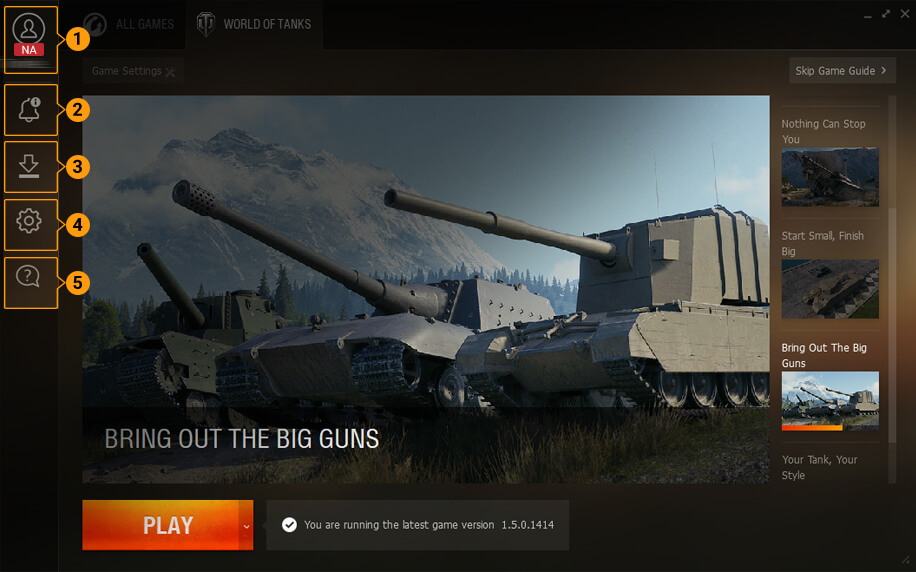

Finally, games can help assess whether research findings derived from other methods can survive contact with human decisionmakers. They can also be used to evaluate and test different concepts or ideas. They can be used at the outset of the analytic process to better define poorly understood problems and identify hypotheses to test. On this legacy, the Center for Gaming supports a wide range of games to explore the sometimes unpredictable drivers behind human decisionmaking and to tap into human ingenuity, helping policymakers make better decisions and develop innovative solutions. Gaming methods have deep roots at RAND, dating back to the 1940s when social scientists, mathematicians, engineers, and others pioneered the use of political-military crisis games to study nuclear deterrence. Games can be used to explore competitive situations-such as warfare-or cooperative situations where key stakeholders hold different preferences.

Games, however, are simple models that incorporate human beings as their key variable.Īt the most basic level, games are events that allow participants-bound by a set of rules-to make decisions and work through their potential consequences without affecting the real world. Accurately simulating the complexity of this human decisionmaking is a challenge for many analytic techniques. Strategy, policy, and operational decisions emerge from judgments made by human beings.


 0 kommentar(er)
0 kommentar(er)
